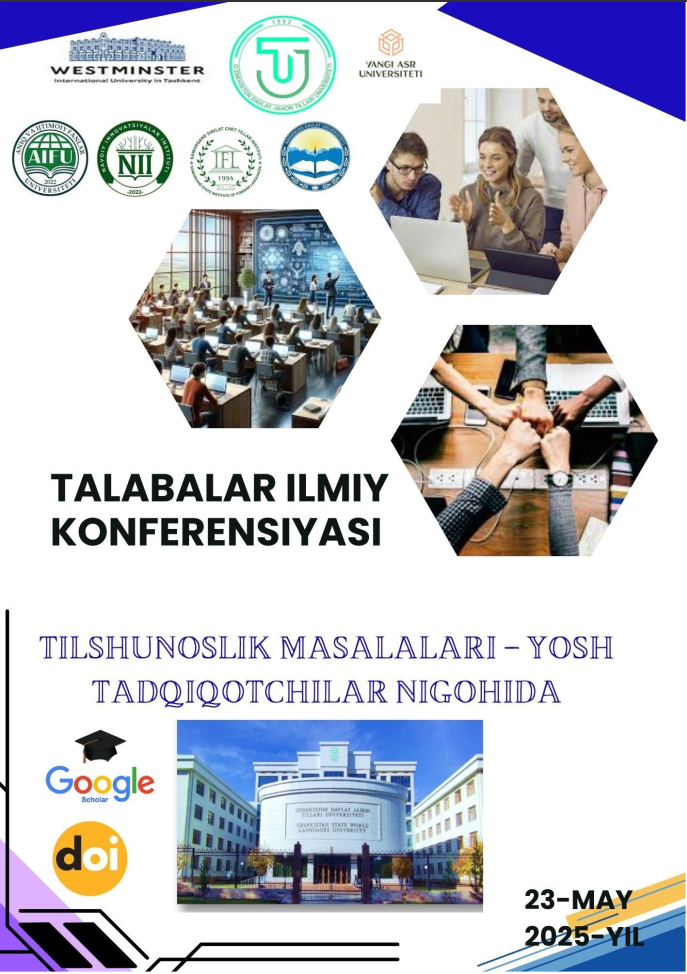IMPLEMENTING GAMIFICATION IN ESL/EFL CLASSROOMS
https://doi.org/10.5281/zenodo.15547546
Kalit so‘zlar
Gamification, games, benefit, development, tool.Annotasiya
Games have long played a significant role in child development offering a range of benefits such as increasing motivation, enhancing memory and retention, encouraging collaboration and better use of social skills. Given these benefits, educators have increasingly turned to gamification- the use of game elements in non-game contexts - as a way to enhance learning in the classrooms, particularly in ESL/EFL settings. Among the first institutions that researched impacts of games in language acquisition and conducted experimental lessons - MIT and Carnegie Mellon University were the first to explore digital game-based learning (DGLB). The fact that this method is applied by such prestigious institutions demonstrates the importance of the matter. This article examines benefits of gamification in detail, offers practical strategies for implementation with the example of game-based tools (Kahoot, Classcraeft, Quizzlet) and discusses challenges while applying this method and presents solutions for them. Real-life examples and case studies are stated to give better understanding of the topic.
Foydalanilgan adabiyotlar ro‘yhati
Abdramanov, S., Muratbaev, N., Joldasova, A., & Sultanova, M. (2025). GENERAL INFORMATION ABOUT THE HISTORY OF PEDAGOGICAL TRAINING. Modern Science and Research, 4(4), 625-629.
Abulkosimovna, E. Z. (2022). Synonymous analysis of professional words in English and Uzbek. Frontline Social Sciences and History Journal, 2(05), 15-22.
Gee, J. P. (2007). What video games have to teach us about learning and literacy (2nd ed., p. 102). Palgrave Macmillan.
Gulomova, R. (2020). Sociolinguistic competence of L2 students. TJE-Tematics journal of Education ISSN, 2249-9822.
Kapp, K. M. (2012). The gamification of learning and instruction: Game-based methods and strategies for training and education (p. 45). Pfeiffer.
McGonigal, J. (2011). Reality is broken: Why games make us better and how they can change the world (p. 137). Penguin Press.
Nicholson, S. (2015). Gamification in libraries: The state of the art (p. 56). De Gruyter Saur.
Rashidova, G., & Khilola, K. (2024). THE ROLE OF INTONATION AND STRESS IN MEANING. TANQIDIY NAZAR, TAHLILIY TAFAKKUR VA INNOVATSION G ‘OYALAR, 1(3), 72-75.
Werbach, K., & Hunter, D. (2012). For the win: How game thinking can revolutionize your business (p. 89). Wharton Digital Press.

